Today’s grammar point is ~はべつとして/~はべつにして, which is used to list exclusions, “apart from ~,” “aside from ~,” “save ~,” etc.
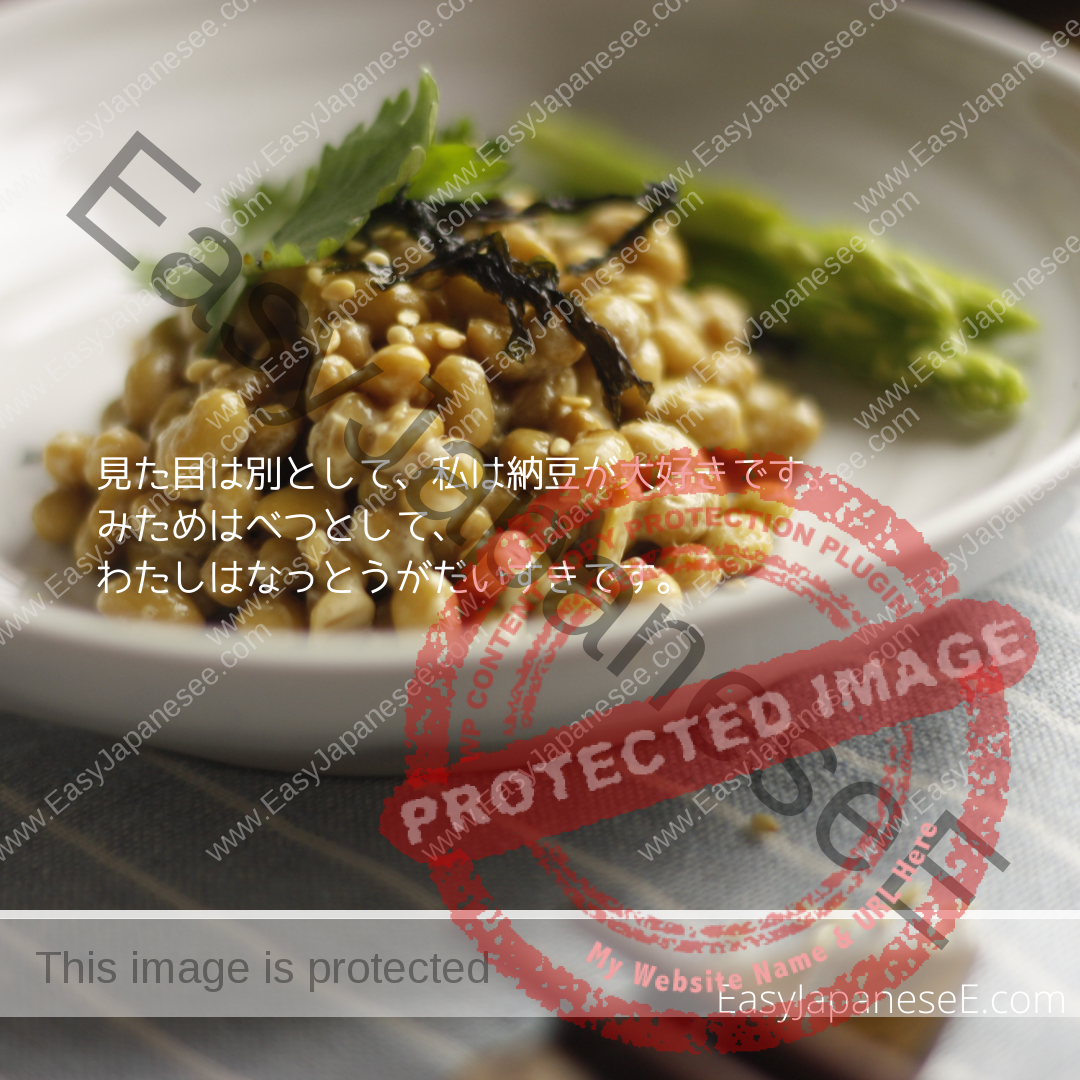

Today’s grammar point is ~はべつとして/~はべつにして, which is used to list exclusions, “apart from ~,” “aside from ~,” “save ~,” etc.
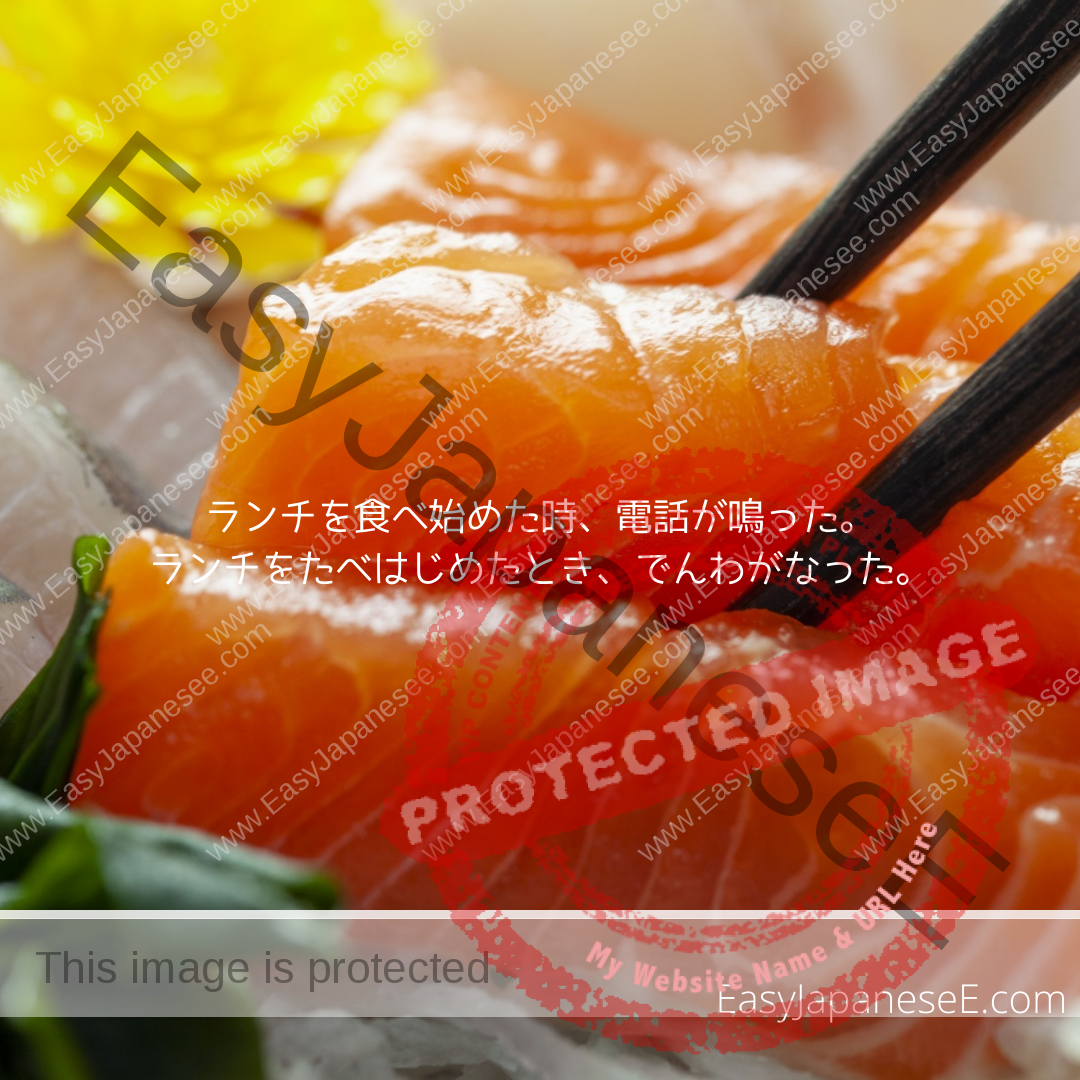
Today’s grammar point is ~はじめる, to start to ~, which is similar to ~だす. This post explains the differences between the two with examples.
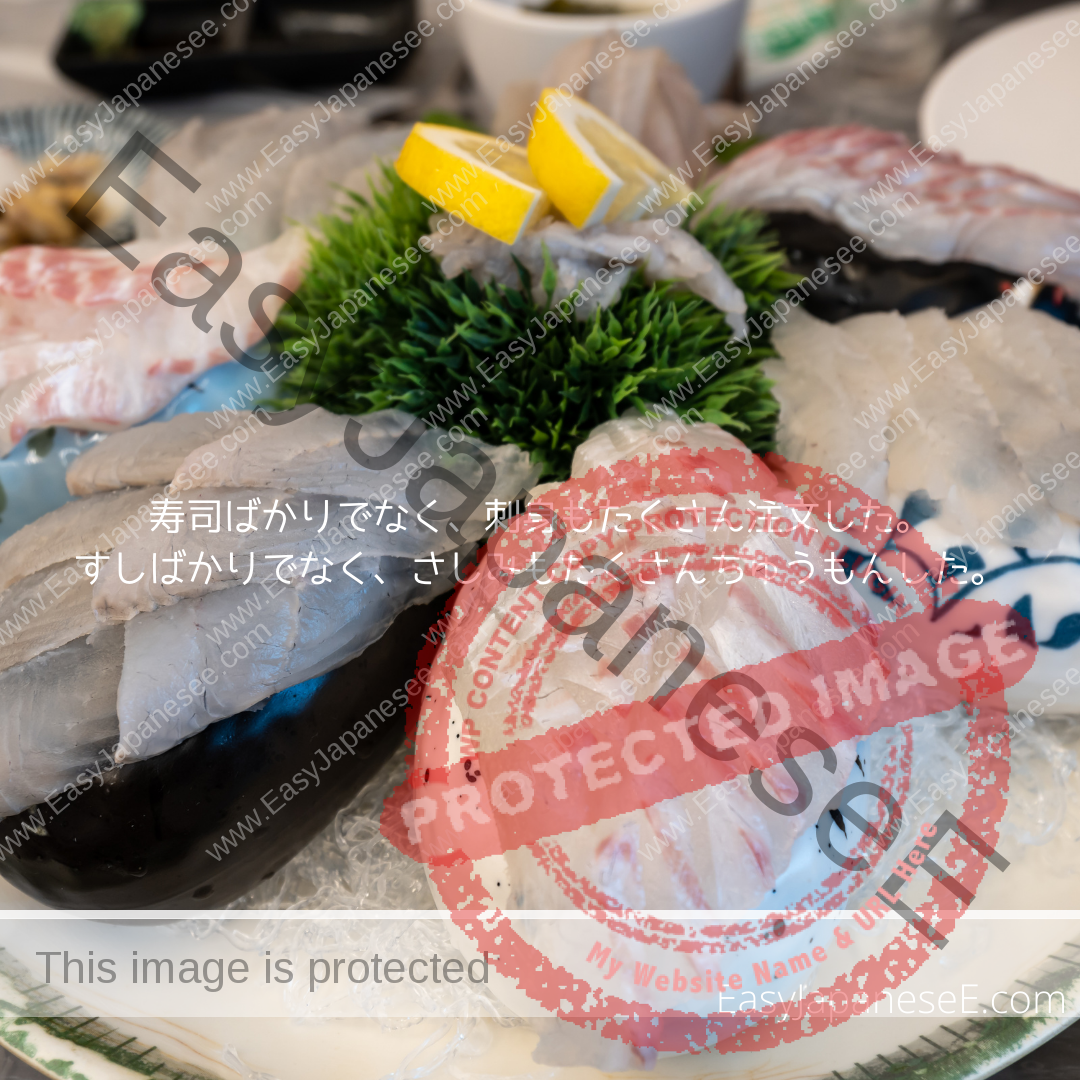
Today’s grammar point is ~ばかりでなく…も, which means “not only ~ but also ….” It is very similar to “~だけでなく…も.” This post explain the usage difference between them.

Today’s grammar point is ~ばいい/~なければいい, which is an expression to state the speaker’s wish “I hope … will ~” or “I hope … won’t ~.”

Today’s Grammar point is ~ば~ほど…/~ば~だけ…, “the more ~, the more ….” We use the same word twice, once in the ばform and the other in the dictionary form.

Today’s post is about the verb やむ, which means “for something that has been continuing to stop or subside” without any involvement of the speaker.

Today’s grammar point is the sentence ending particle もの/もん to describe a cause or reason. ~もの/~もん is usually used in a casual scene with a plain form ending.
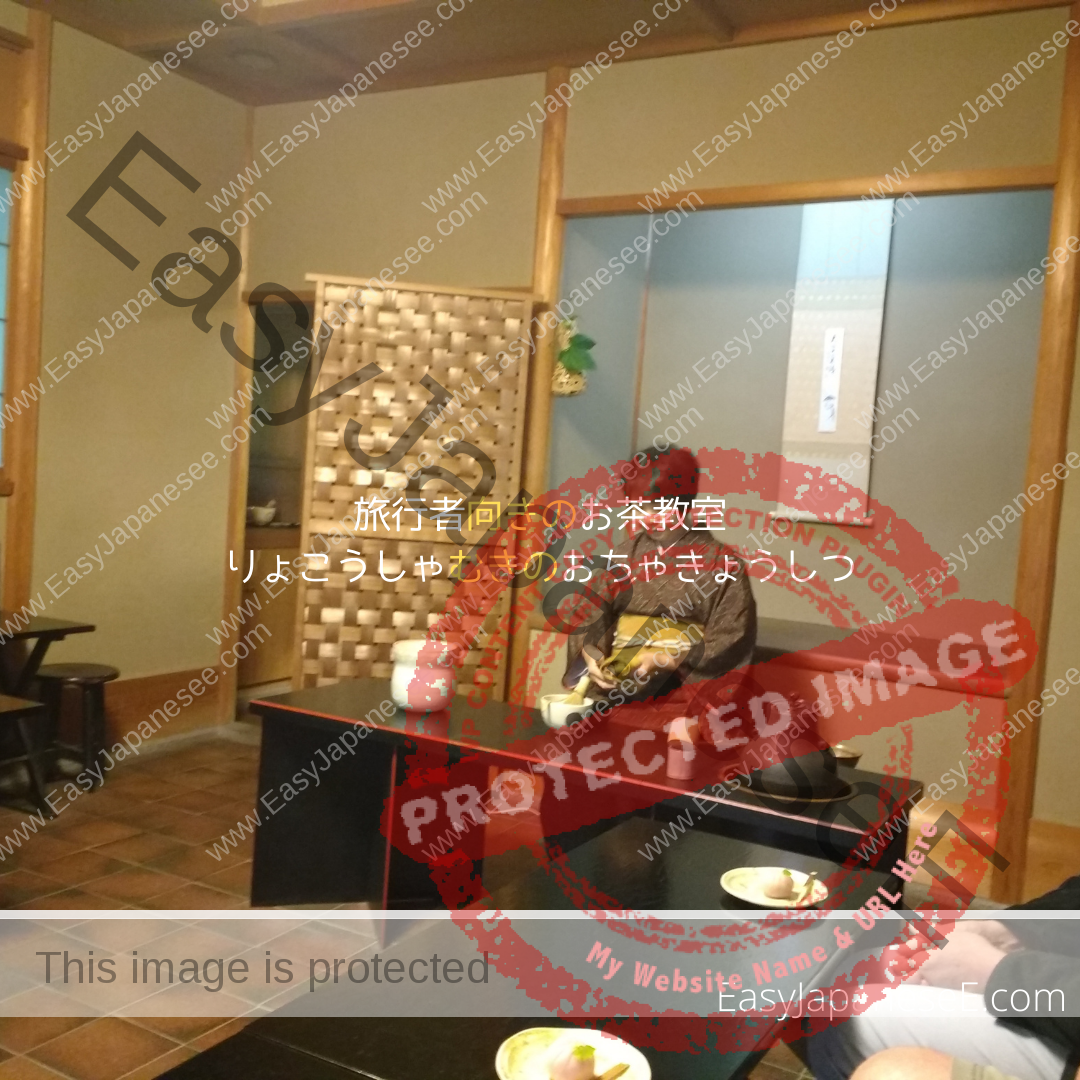
Today’s grammar point is ~むき that describes suitability for ~. Depending on how it’s used, the words that follow ~むき vary.

Today’s grammar point is ~の上で(は)/~上(は)which means “as far as ~ is concerned,” “as far as ~ goes.” The same kanji 上 is pronounced in 2 different ways here.

Today’s grammar point is ~まわる. It can be used after a verb stem which (usually for some movement) and ~まわる means “to do the action of ~ around/about.”
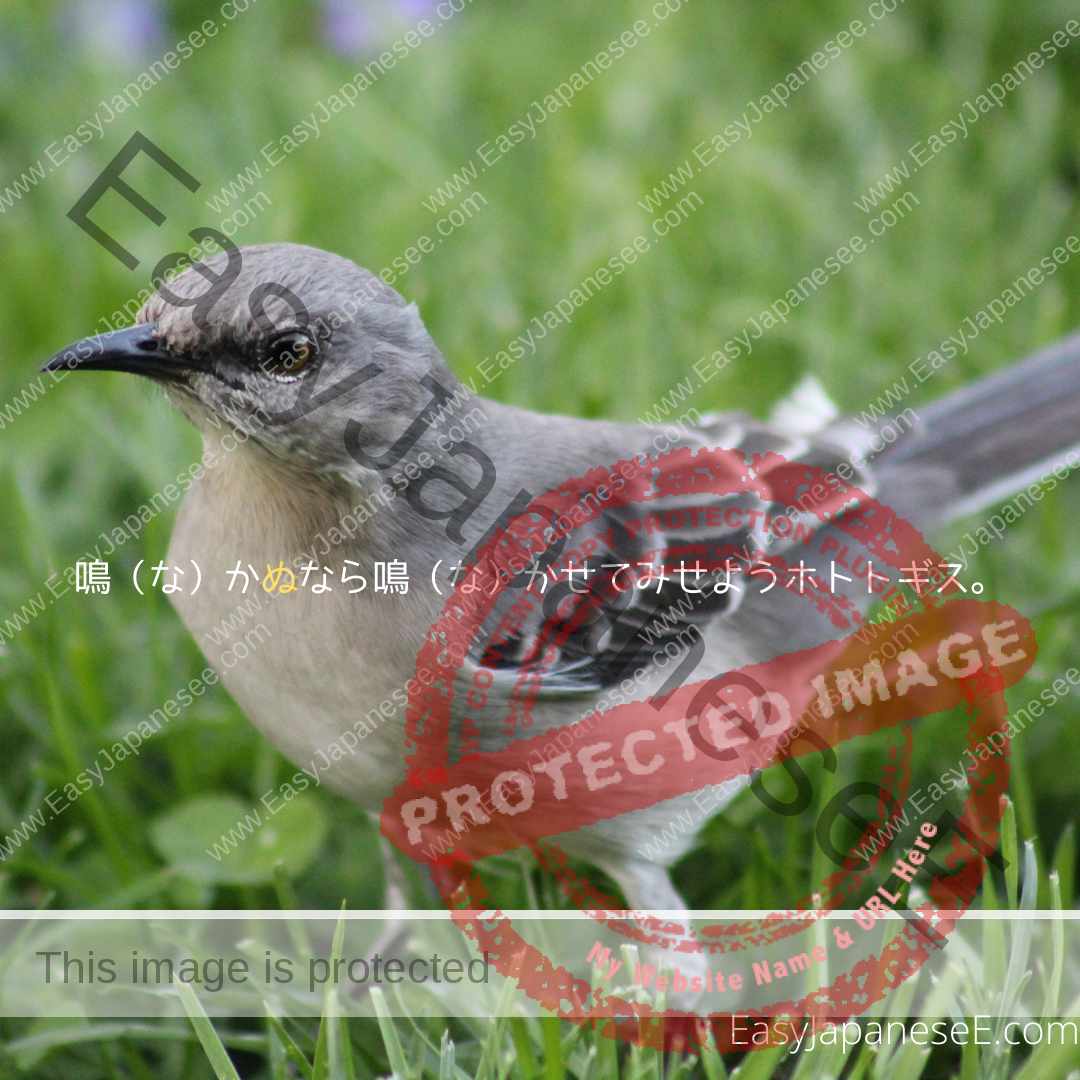
Today’s grammar point is an archaic expression ~ぬ/~ん that replaces ~ない (negative ending). It is more often used in written passages than speech.
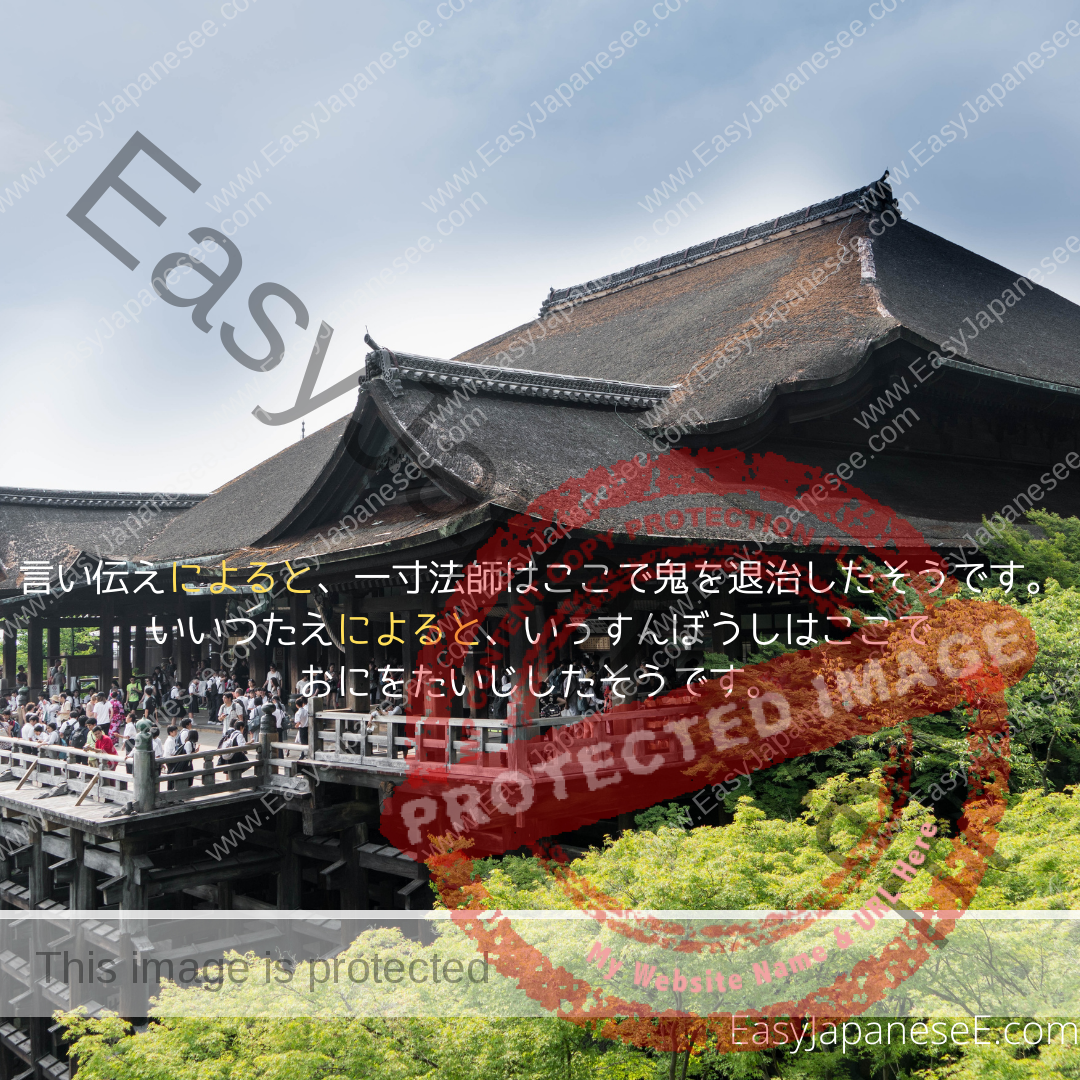
Today’s grammar point is ~によると、~によれば、~のはなしでは、~がいうには, which is usually translated as “according to ~.” This expression is a variation of the ~によって、~により、~による,etc.
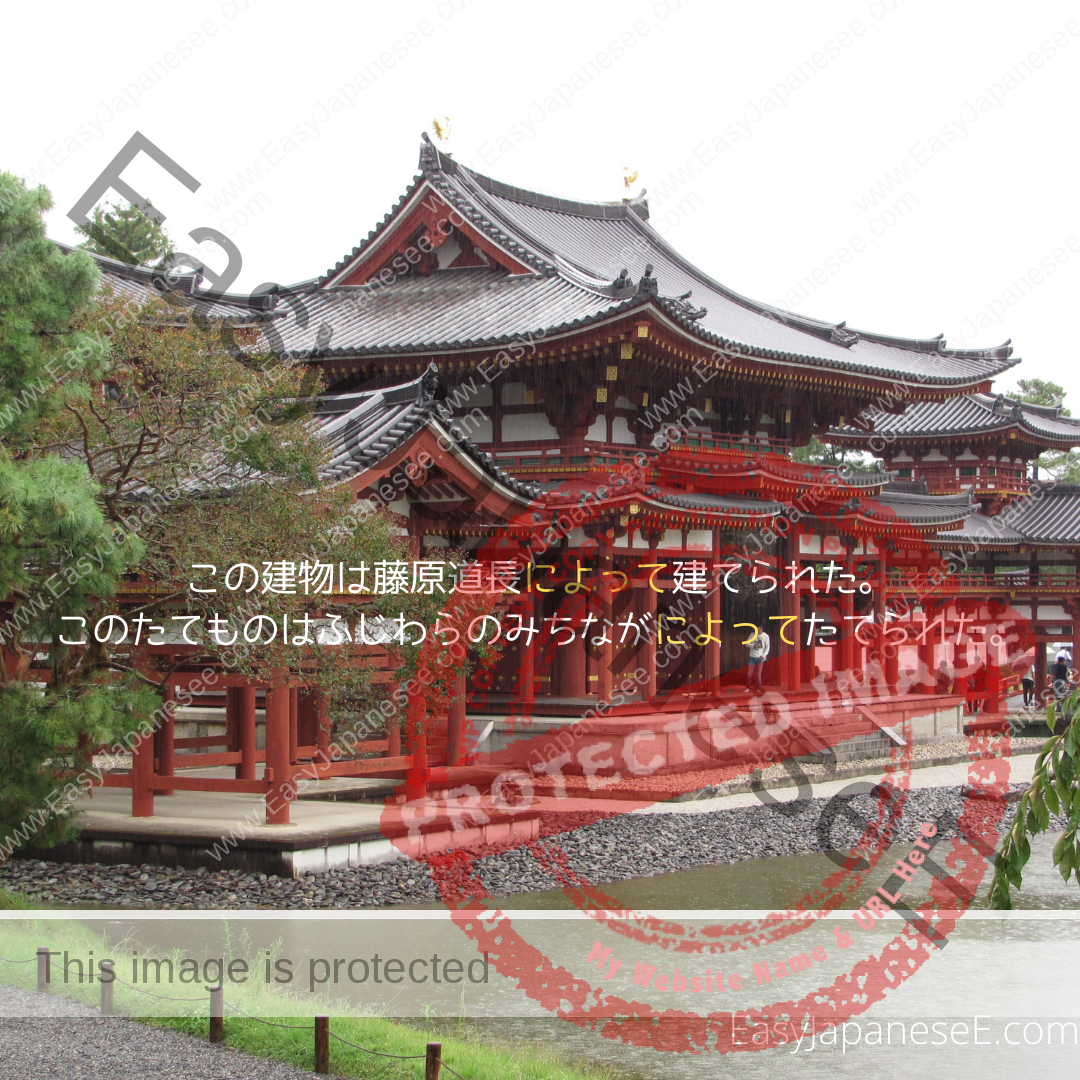
Today’s grammar point is ~によって、~により、~によるxxx and ~によってのxxx, etc. These are usually used for 3 different meanings and different characters can be used for each.

Today’s grammar point is ~にはんして. ~にはんして is an expression equivalent to the English phrases, “contrary to ~,” “in opposition to ~” or “against ~.”
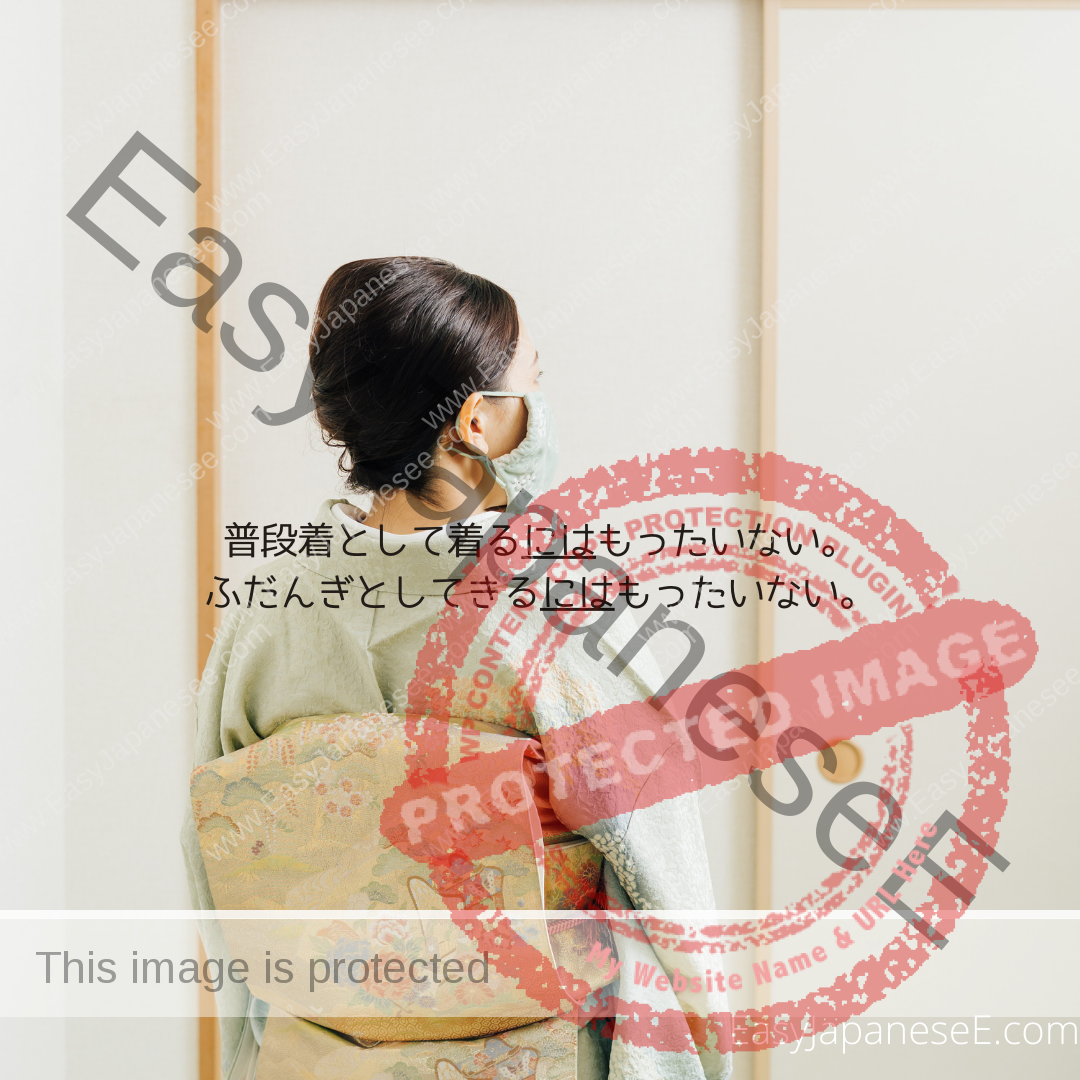
~には has several meanings but today I’m going to talk about には that follows a dictionary form verb. [dictionary form verb] + には means “(in order) to ~” but …
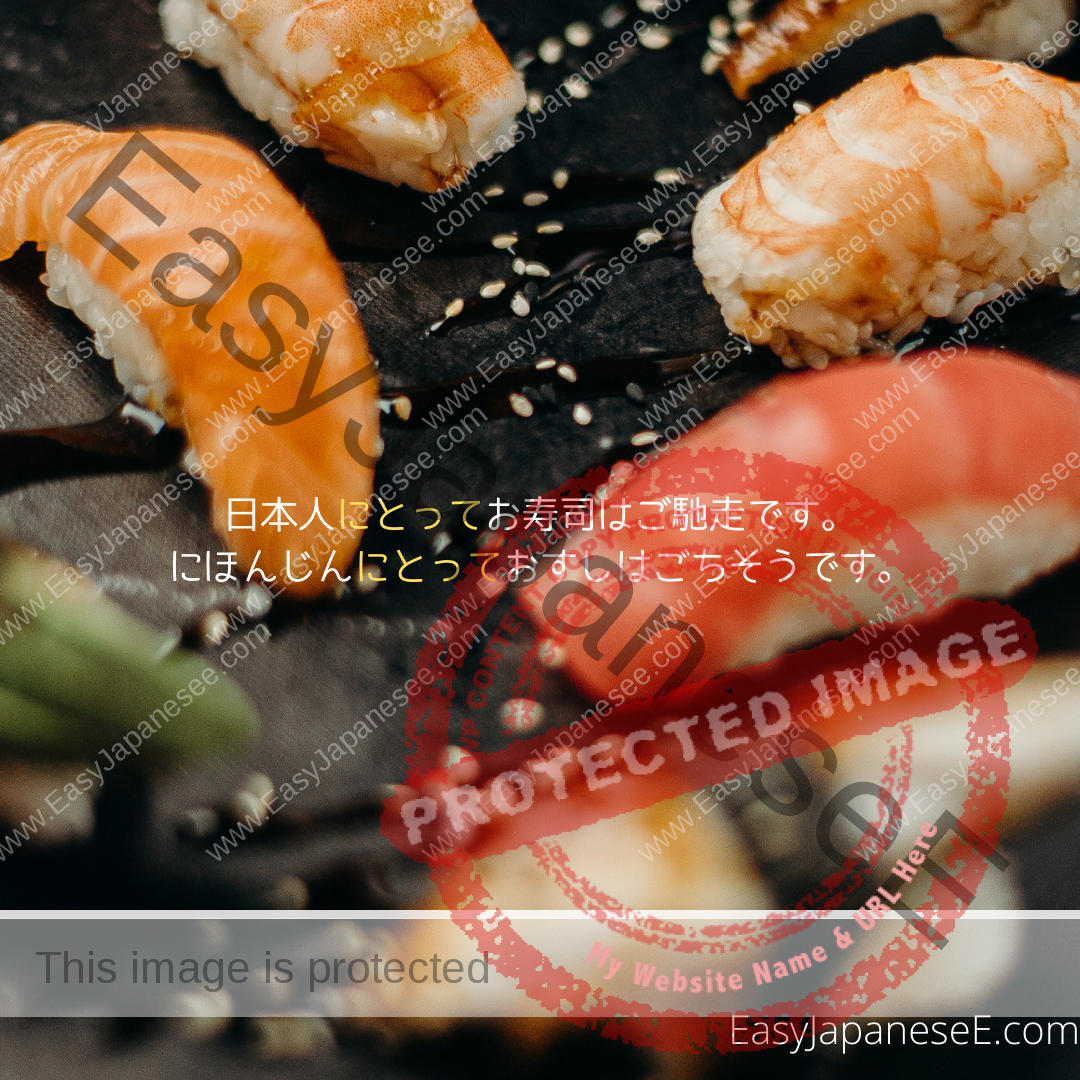
~にとって is an expression to state whose point of view you are talking from. You can translate it with a preposition like “for ~” or “to ~.”
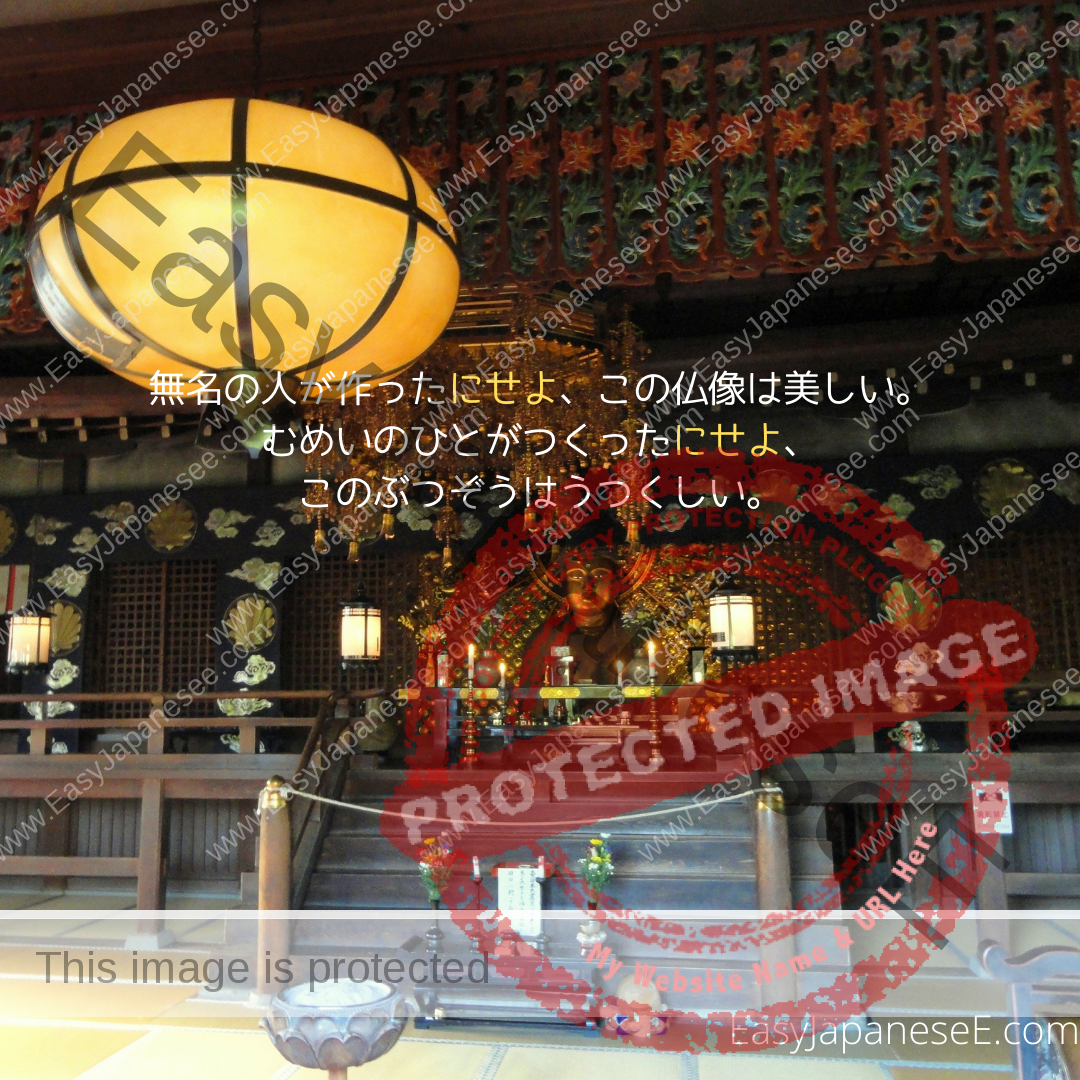
~にしろ/~にせよ/~にしても are all used to express a concession, “even if ~.” Sometimes にしろ/にせよ/にしても can be repeated with 2 totally opposing phrases in a sentence.

Today’s grammar point is the old-fashioned particle ~にて, which is the original form of a common particle ~で. These days ~にて is used in a very formal setting.

Today’s grammar point is ~につれて/~につれ. This つれて is the same as that in つれて行く/つれて来る, “to take/bring.” So if ~につれて is used with a verb other than 行く/来る/帰る, …

Today’s grammar point is ~につき. It is usually used in these 3 meanings:
to state a rate: “per ~”
to state the topic: “about ~”
to give a reason: “because of ~”
